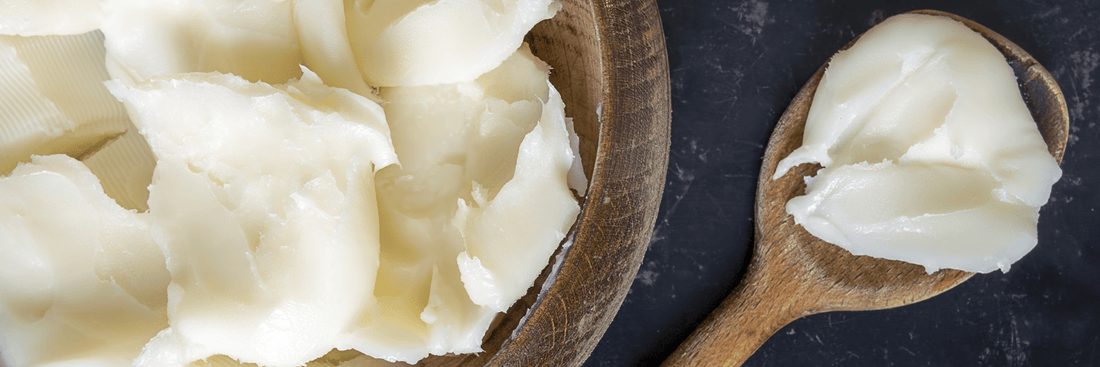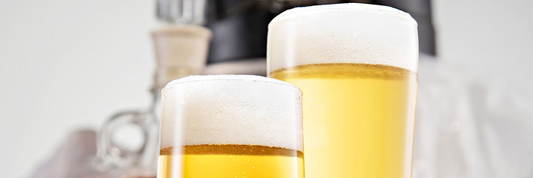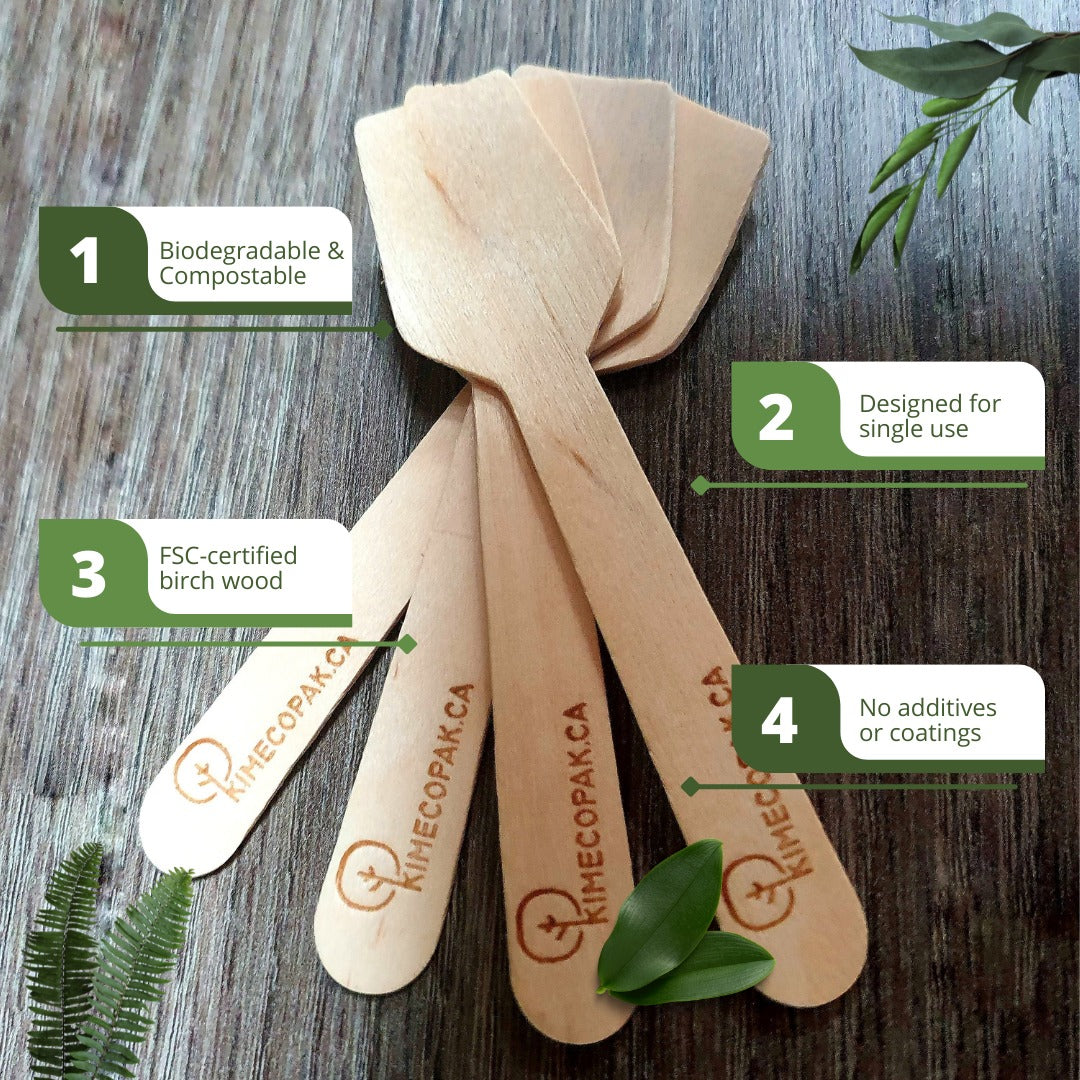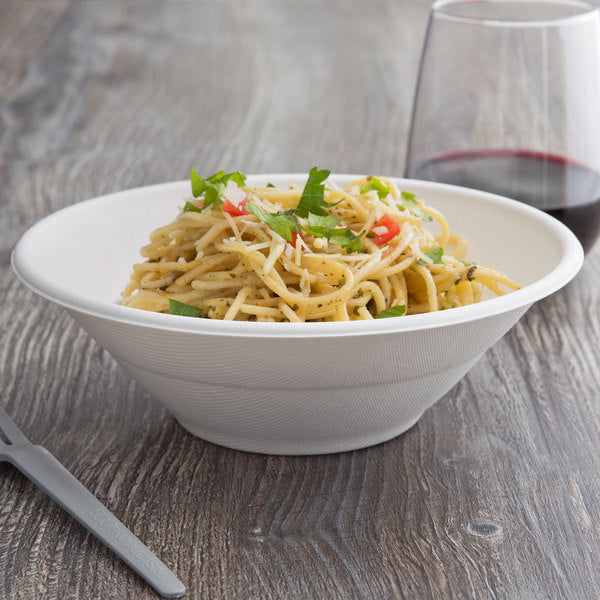Lard is commonly used in cooking. In many cultures, lard is important not only for its flavor but also for its durability and versatility in the kitchen. From frying, baking to everyday cooking, lard has become an indispensable part of cuisines around the world. Let's learn more about the definition, and benefits of lard, and what is different between lard and other cooking oils.
- How to Defrost Meat Safely? How Long Does It Take Meat to Thaw?
- Burger Temperature Chart. How To Check Burger Internal Temperature?
What is Lard? Benefits of Lard
What is Lard?
Lard is the semi-soft and white fat located in the fattiest portions of a pig. It can be flavorless & odorless depending on the type of lard you use.
Lard is an important ingredient in the majority of Latin and Southern Cuisine such as fried chicken, tamales, pie crust, biscuits, donuts, and Cuban bread.

What is Lard Made Out Of?
Lard is made from animal fat, typically pork. Through the rendering process, the fat is extracted from the meat and formed. The pig's fat sections are cooked slowly until the fat melts, known as rendering. Fat is melted and then cooled to solidify into a creamy white consistency. Lard should be flavorless and odorless, however, it may have a lingering pork taste or smell depending on how it is made.
Benefits of Lard
- Flavor: Lard adds a rich and intense flavor to dishes. It not only enhances the natural flavor of the ingredients but also creates a crispy and delicious crust when fried.
- Crispy and Texture: Lard is popular in baking and pastry due to its ability to create a crisp and airy texture. When used in baking, the cakes will be crispy on the outside and soft on the inside, creating a perfect culinary experience.
- Sustainability and Naturalness: Compared to other vegetable oils and animal fats, lard is a natural fat source, without any complex processing. This makes lard a more sustainable and safer choice when used in cooking.
What is Lard Use For?
Lard has a high smoke point and a neutral flavor, making it a versatile cooking fat. Here are some dishes that can be cooked with lard:
- Fried foods, such as french fries, chicken, and doughnuts.
- Baked goods, such as pie crusts, biscuits, and pastries.
- Roasted meats and vegetables.
- Popcorn.
- Tortillas.
- Refried beans.
Different Types of Lard
Although they are all made from pig fat, each type of lard is very distinct from the others. Depending on where in the pig you took the fat and how you made it, every lard is unique.
- Rendered Lard: This type of lard does not have a lingering pork flavor. Comes with 100% pork fat that is filtered and chilled.
- Unrendered Lard: Pig fat that has been trimmed from the meat but not filtered or melted and has a pork taste. It is not recommended to use in sweet treats or pie crusts.
- Processed Lard: Processed lard is filtered & clarified, with no lingering pork flavor. Is bleached and hydrogenated. Contains preserves.
- Leaf Lard: This type of lard is considered a luxurious lard. Leaf lard comes from the leaf-shaped fat around the kidneys and abdomen areas. It is softer and smoother, suitable for baking due to its creaminess.

How To Make Lard
Ingredients Needed: To make lard at home, you need to prepare some fresh lard, preferably leaf lard or pork belly lard. Choose lard from reputable sources to ensure the quality of the final product.
Lard Making Process: Start by cutting the lard into small pieces, then put it in a pot and heat it on low heat. As the lard begins to melt, you need to stir it constantly to make sure it doesn't burn. This process can take several hours, depending on the amount of lard you used. Once the lard has completely melted, strain out the impurities and let the lard cool before pouring it into a jar for storage.
How to Use Lard in Cooking
- Frying: Lard has a high smoke point, meaning it can withstand high temperatures without burning, making it an ideal choice for frying. Traditional dishes such as donuts, French fries, and other deep-fried foods often use lard to achieve their characteristic crispness and flavor.
- Baking: Lard is an indispensable ingredient in many classic baking recipes. When used in baking batter, it creates a spongy and soft texture, while also helping the cake retain moisture and not dry out. Many traditional pie, tart, and pastry recipes use lard to achieve a crispy and delicious crust.
- Everyday Cooking: Lard can replace regular cooking oils in stir-frying, stewing, and everyday cooking. Although lard is a fat, when used properly and with the right amount of fat, it does not make the dish too greasy but on the contrary, enhances the flavor and deliciousness of the dish.
How To Store Lard
It may be stored lard at room temperature for up to a year. Or it is kept for at least six months to a year in refrigeration. You can even freeze it in bars, cubes, or glass jars to keep it longer. If a sour smell appears, then it means it's time to throw it out.
Is Lard Bad For You?
If you're a vegetarian or vegan, you should stay away from lard. Lactose intolerant or milk allergy sufferers can use lard in their recipes because lard doesn't contain dairy products.
While lard is high in saturated fat, it can still be part of a healthy diet when consumed in moderation. It is important to balance your intake of different types of fats and to limit your overall consumption of saturated fats.
What Are The Differences Between Lard And Butter Vs Shortening?
Lard vs Butter
Lard and butter are both used as cooking fats, but they have some key differences. Lard has a higher smoke point and is better for frying, while butter has a lower smoke point and is better for baking and sautéing. Lard also has a more neutral flavor, while butter has a distinct taste.

Lard vs Shortening
Shortening is a popular alternative to lard, but they have some differences in terms of health and taste. Shortening is made from vegetable oils and often contains trans fats, which are unhealthy for the body. Lard, on the other hand, is a natural animal fat and contains more beneficial nutrients. However, shortening may be a better option for vegetarians or those avoiding animal products.
Considerations When Using Lard
Health Effects: Lard, like any type of fat, needs to be used reasonably to not negatively affect health. Although lard contains saturated fat, it also provides some unsaturated fatty acids that are beneficial to the body. However, people with cholesterol problems should limit the use of lard and consult a doctor before adding lard to their daily diet.
Misconceptions: Many people believe that lard is unhealthy and should be avoided. However, when used properly and in a balanced diet, lard can be a healthy source of fat and bring many health benefits.
Lard in Diets: In diets such as keto and paleo, lard is encouraged because it is a natural source of fat and contains no carbohydrates. This is one of the reasons lard is gradually becoming popular again in modern cuisine.
Lard Culture Around the World
- America and Mexico: Lard plays an important role in Tex-Mex cuisine, especially in tortillas, burritos, and tamales. In many traditional homes, lard is still a staple ingredient in these dishes.
- Europe: In Germany and France, lard is often used in stews and roasts. It helps create a rich flavor and a characteristic crunch to meat dishes and pastries.
- Asia: In Chinese and Southeast Asian cuisine, lard is widely used in stir-fries. It not only enhances the flavor but also makes the dishes more delicious.
What Is the Alternative for Lard?
If you are looking for a vegetarian or plant-based alternative to lard, there are several options available, such as coconut oil, vegetable shortening, or olive oil. However, these alternatives may not have the same qualities as lard, so it may require some experimentation to find the best substitute for your desired dish.
Conclusion
With its rich flavor, crunchiness, and sustainability, lard is a great choice for those who want to enhance the quality of their dishes. By understanding the different types of lard and how to use them, you can take full advantage of this fat's potential to create delicious and nutritious dishes.
Related Articles:







